The magnolia tree in Mr. and Mrs. Scatter’s front yard is budding. The handsome old plum trees a couple of doors down are in deep pink. And like an old tired bear stretching and yawning after a long winter’s nap, Mr. Scatter is cautiously poking his nose out of the cave and making a few public appearances.
You might recall his recent pre-game patter at White Bird‘s presentation of Hubbard Street Dance Chicago, or his stint of instant analysis from the broadcasting booth of Portland Opera‘s Orphee.
 For the next two Sunday afternoons he’ll be ambling over to the Northwest Dance Project studio just off North Mississippi Street (not all that far, as it happens, from the Scatter cave) to moderate talks with a couple of very interesting guest choreographers who are setting new work on the company for its spring performances.
For the next two Sunday afternoons he’ll be ambling over to the Northwest Dance Project studio just off North Mississippi Street (not all that far, as it happens, from the Scatter cave) to moderate talks with a couple of very interesting guest choreographers who are setting new work on the company for its spring performances.
The afternoons are called Dance Flights, and they’ll be casual, intimate affairs, a nice place to duck into and out of the rain. This Sunday’s chat will be with Maurice Causey (inset photo above), an independent choreographer identified closely with Nederlands Dans Theater (he’s been ballet master there, and also at the Royal Swedish Ballet) and with Ballet Frankfurt, where he was a principal dancer for William Forsythe for several years. On Tuesday I watched a couple of hours of Causey’s early rehearsal with the NDP dancers, and I’m eager to see what’s happened in the ensuing days.
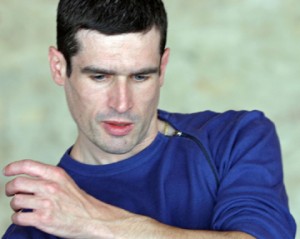 Next Sunday, March 7, the guest will be the Paris-based Italian choreographer Luca Veggetti (photo at right), whose career has roamed from La Scala Milan to London, Pennsylvania, Chicago, New York City Ballet and beyond. In 2000 he was the first Italian choreographer in the 20th century to set a piece on the dancers of the legendary Mariinsky (Kirov) Ballet in St. Petersburg.
Next Sunday, March 7, the guest will be the Paris-based Italian choreographer Luca Veggetti (photo at right), whose career has roamed from La Scala Milan to London, Pennsylvania, Chicago, New York City Ballet and beyond. In 2000 he was the first Italian choreographer in the 20th century to set a piece on the dancers of the legendary Mariinsky (Kirov) Ballet in St. Petersburg.
The format is this: Drop in, have a little nibble and a glass of wine, watch the dancers perform the pieces, then settle in for the talks. I’ll mainly ask the choreographers to talk about their backgrounds and their approach to dance, and I’ll encourage people in the audience to toss in their own questions. Very informal.
Each Dance Flight begins at 3 p.m. at the Northwest Dance Project studio, a pleasant, big-windowed space at 833 N. Shaver Street, just off of Mississippi Avenue. Suggested donation is $20 ($10 students), which helps pay for the events.
Northwest Dance Project’s spring performances, which will include the new works by Causey and Veggetti plus two pieces by artistic director Sarah Slipper, will be March 12-13 at the Newmark Theatre.
 I’ve waited to write this because even now I don’t know all of the names of the people who’ve been laid off. Lips have been tight, although The Mercury’s Matt Davis has ferreted out most of the hit list
I’ve waited to write this because even now I don’t know all of the names of the people who’ve been laid off. Lips have been tight, although The Mercury’s Matt Davis has ferreted out most of the hit list 

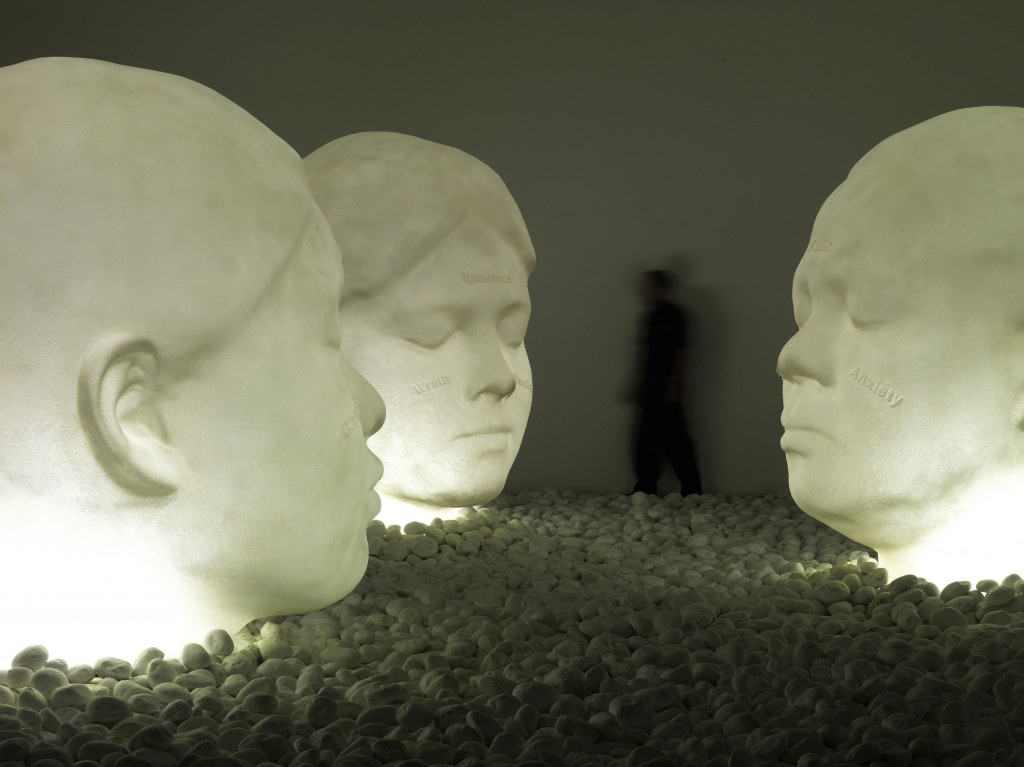
 Bigness and pleasure struck me the other day as I entered the rotunda of the
Bigness and pleasure struck me the other day as I entered the rotunda of the 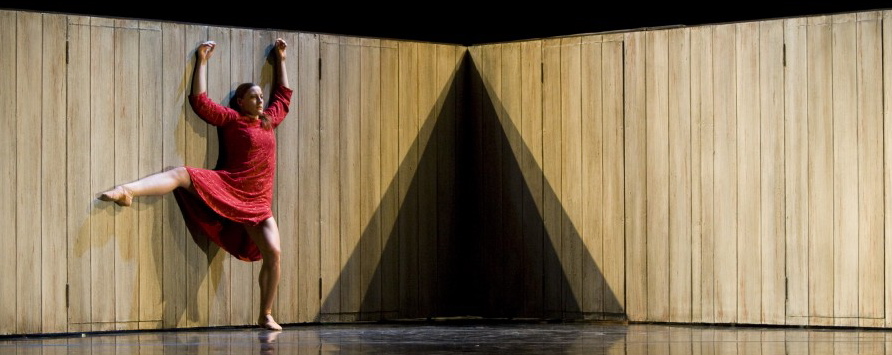
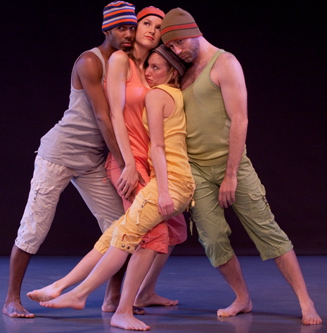
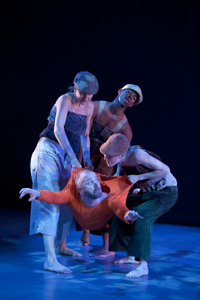 So it’s something of a revelation to see some of these works performed by other bodies. Thursday’s performance included 10 short dances, plus a couple of Mitchell Rose’s terrific short comic films — a smorgasbord of BodyVox hits. Seeing fresh bodies perform them wasn’t just about getting to know a new crop of good dancers in town. It was also about rethinking these works as pieces of choreography that both define the BodyVox style and stand on their own as discrete works of art that have entered the contemporary-dance repertoire.
So it’s something of a revelation to see some of these works performed by other bodies. Thursday’s performance included 10 short dances, plus a couple of Mitchell Rose’s terrific short comic films — a smorgasbord of BodyVox hits. Seeing fresh bodies perform them wasn’t just about getting to know a new crop of good dancers in town. It was also about rethinking these works as pieces of choreography that both define the BodyVox style and stand on their own as discrete works of art that have entered the contemporary-dance repertoire.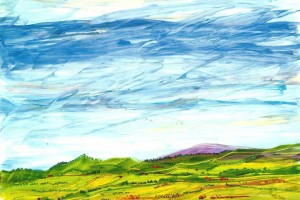 The superb actor
The superb actor 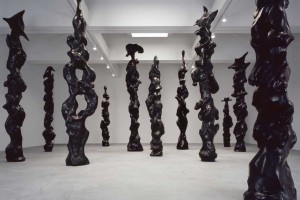 And trumpeter
And trumpeter 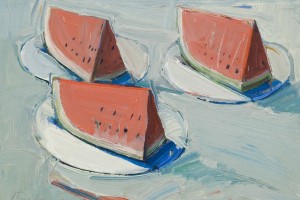 Maybe you link Alpert and art with that famous Whipped Cream album cover from 1965. Dessert is more commonly the subject of
Maybe you link Alpert and art with that famous Whipped Cream album cover from 1965. Dessert is more commonly the subject of 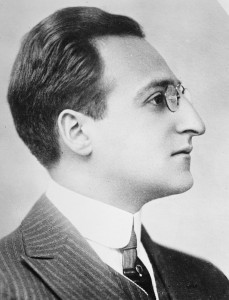 He has also composed essays that resulted in actual financial recompense, including a trio of pieces for that fine and noble stalwart of legacy media, The Oregonian.
He has also composed essays that resulted in actual financial recompense, including a trio of pieces for that fine and noble stalwart of legacy media, The Oregonian.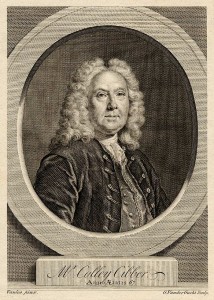 Mr. Scatter is, in fact, in favor of this position and its title, and he admires Oregon’s retiring laureate,
Mr. Scatter is, in fact, in favor of this position and its title, and he admires Oregon’s retiring laureate, 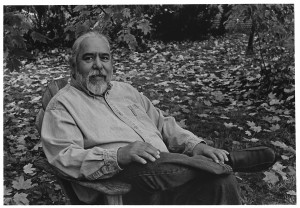 It’s a fine show, worth the trip. And speaking of trips, Mr. Scatter pauses for what might seem a brief diversion but in fact is not.
It’s a fine show, worth the trip. And speaking of trips, Mr. Scatter pauses for what might seem a brief diversion but in fact is not.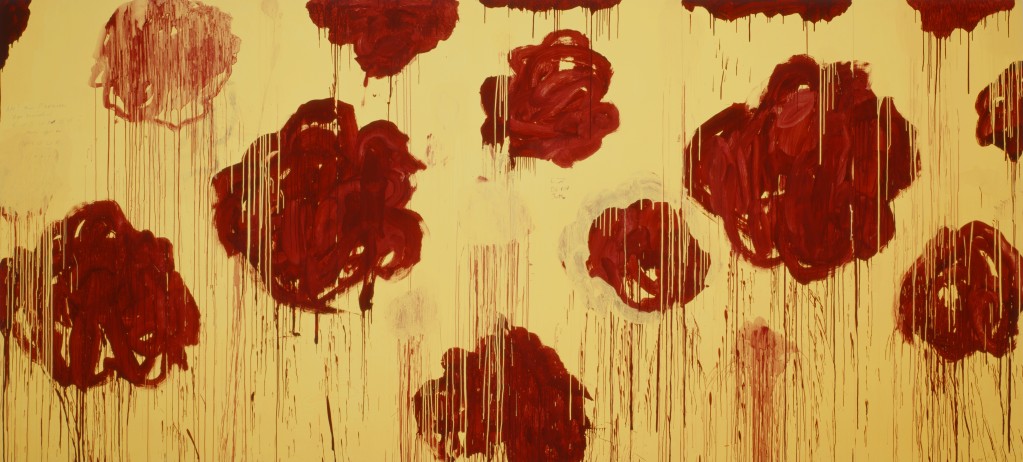
 How did Valentine become linked with chubby cherubs and love arrows, let alone chocolate and Champagne?
How did Valentine become linked with chubby cherubs and love arrows, let alone chocolate and Champagne?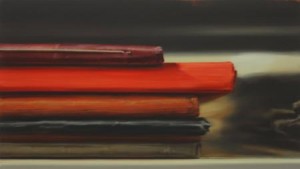 How we got here is a puzzle, and yet, here we are, at the Valentine’s Day of modern times, with all of its traditions, temptations and demands. Not, all in all, a bad place to be, unless like a dope you forget all about it and schedule a poker game with the boys instead.
How we got here is a puzzle, and yet, here we are, at the Valentine’s Day of modern times, with all of its traditions, temptations and demands. Not, all in all, a bad place to be, unless like a dope you forget all about it and schedule a poker game with the boys instead.